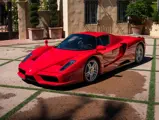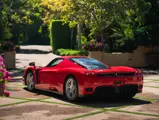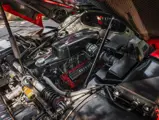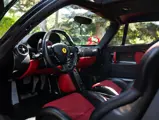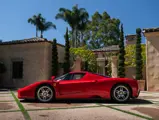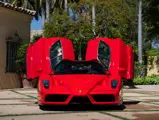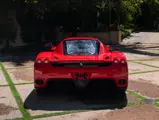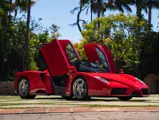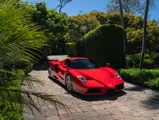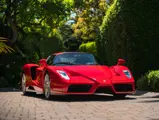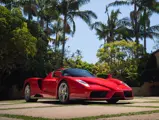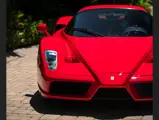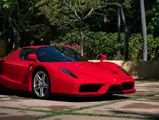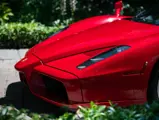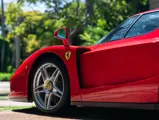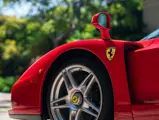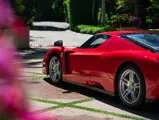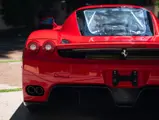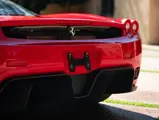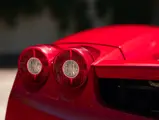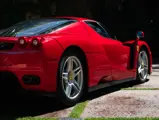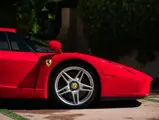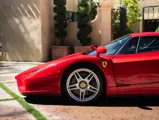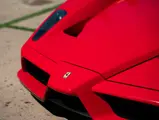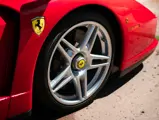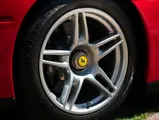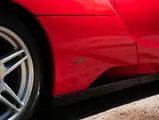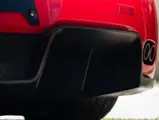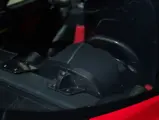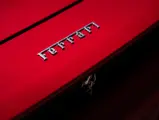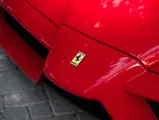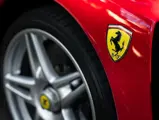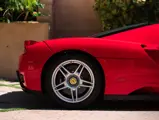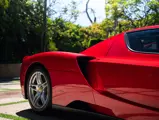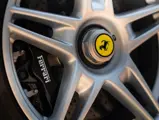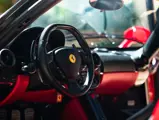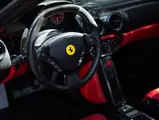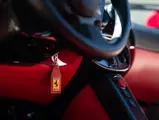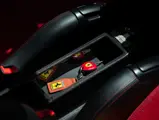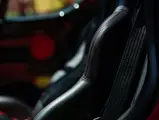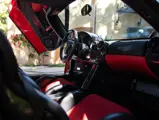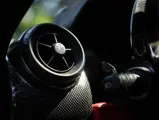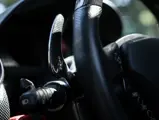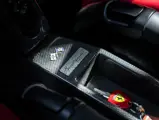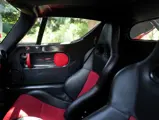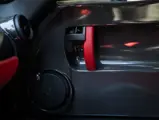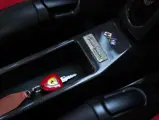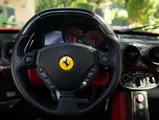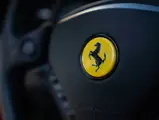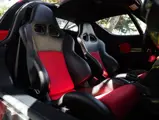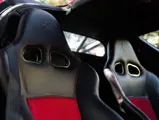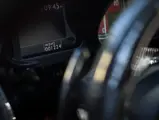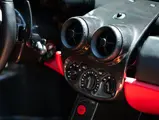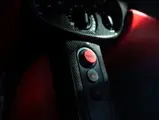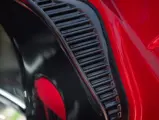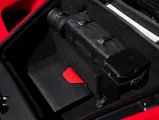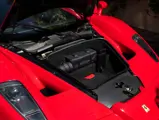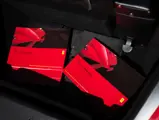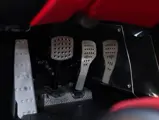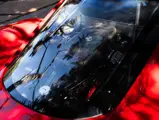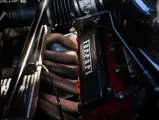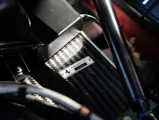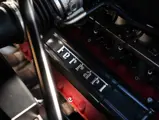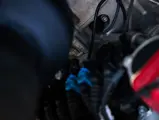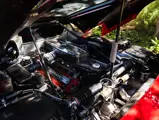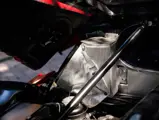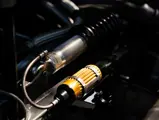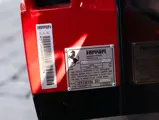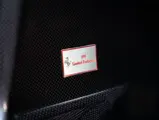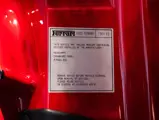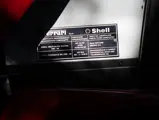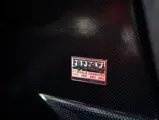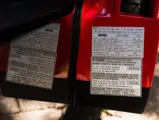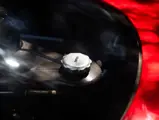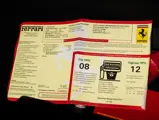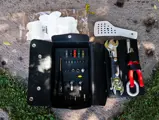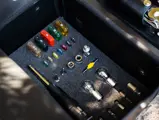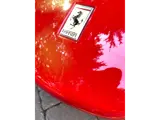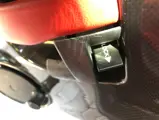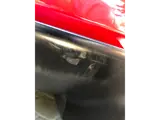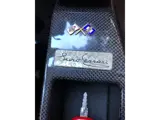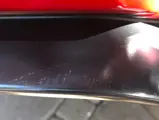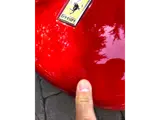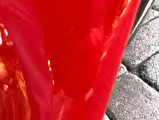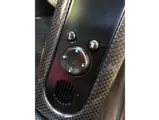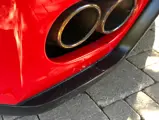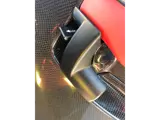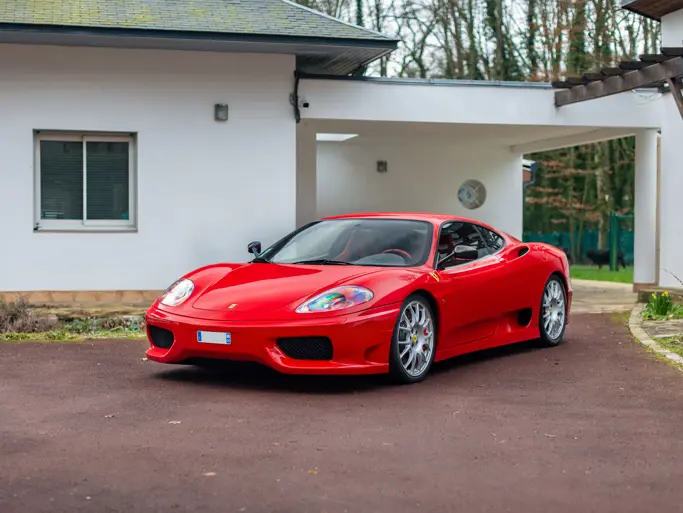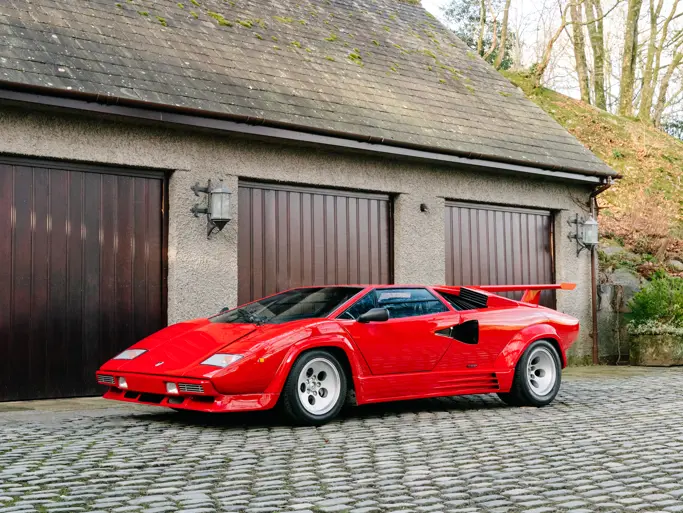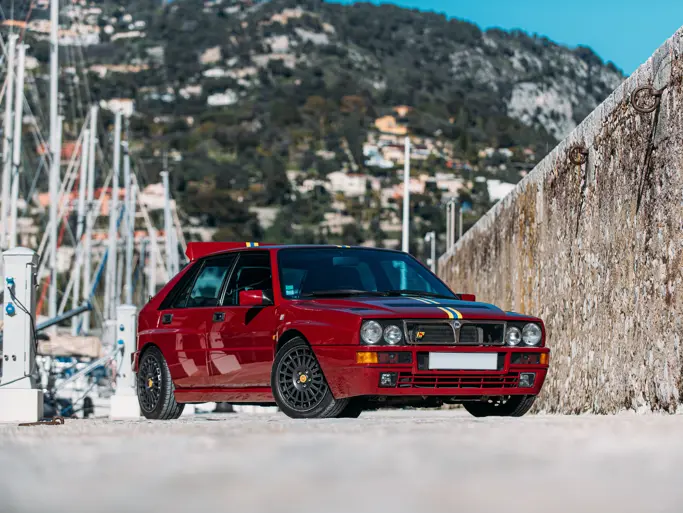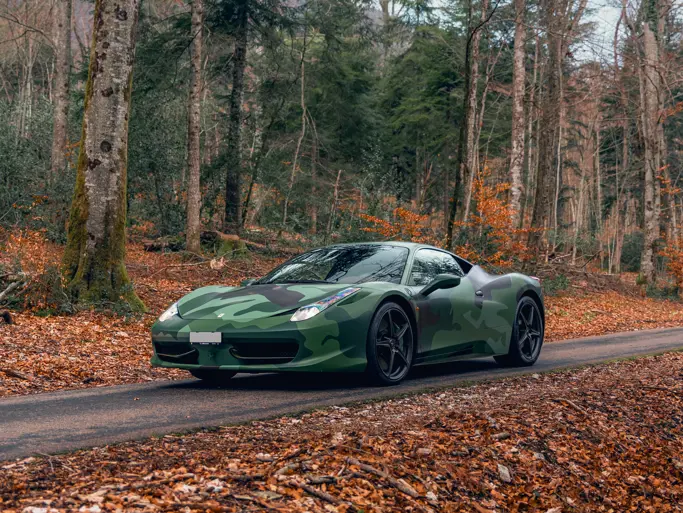Driving into Summer
2003 Ferrari Enzo
{{lr.item.text}}
$2,640,000 USD | Sold
 | Santa Barbara, California
| Santa Barbara, California
{{internetCurrentBid}}
{{internetTimeLeft}}

- Less than 1,250 original miles
- Two California-based collector owners from new
- Optioned with very rare red 3D fabric seat inserts
- Includes original tools, owner’s manuals, and window sticker
If one manufacturer can claim to have created the definitive mold for the modern evolution of amazing hypercars, it must be Ferrari. From the competition-bred 288 GTO and F40 of the late 1980s, through the voluptuous Formula 1-inspired F50 of the 1990s, Ferrari combined unparalleled performance and breathtaking designs to build small batches of impeccable road machines for ultra-exclusive buyers. These were undeniably the most formidable production sports cars of their days.
After F50 production concluded in 1998, the tifosi dreamt of what exotic machine Maranello would unveil next—and what form it would take. Speculation was rampant over whether the next model would employ a rear-mounted V-8 or V-12, and if the packaging would be spartan and purposeful like the F40, or luxurious and evocative of vintage designs like the F50.
In mid-2002, Ferrari president Luca di Montezemolo ended the wait with the introduction of the forthcoming Ferrari Enzo. Though the model’s name required no explanation, he reasoned that after Ferrari had named cars for historically important locales like Maranello and Modena, the time had finally come to honor the company’s founder. He also clarified that the new model would have a strong connection to Formula 1 racing, as the manufacturer had just won the 1999 and 2000 Manufacturers’ Championship, and the 2000 Drivers’ Championship with Michael Schumacher. Schumacher was, in fact, just getting started on his historic dominance of F1, with a still unequaled feat of five consecutive championships.
Formally debuting at the 2002 Paris Motor Show, the Ferrari Enzo certainly delivered on its design brief. Like a Formula 1 car, the Enzo utilized futuristic materials to achieve maximum weight savings, with a foundational chassis tub made of carbon fiber and Nomex honeycomb weighing just 200 pounds. Aluminum sub-frames were then mounted on the tub, and these laid the groundwork for the mounting of Pininfarina’s unique coachwork. As quoted by the factory, production was limited to only 399 examples.
Penned by designer Ken Okuyama during a lunch break, the Enzo’s design mimicked the shape of an open-wheel race car, though as if wrapped in a skin extending over the fenders and cockpit. Aerodynamically perfected in Pininfarina’s wind tunnel, the body was comprised of panels woven from carbon fiber and Kevlar. Nineteen-inch alloy wheels, anchored by 15-inch Brembo carbon-ceramic disc brakes, and unique scissor doors, respectively, completed the Enzo’s chassis and cabin, finishing a car that was highly technological and endlessly fascinating.
Into this phenomenal marriage of chassis and body, a new purpose-built engine was placed behind the driver, continuing the manufacturer’s long-running configuration for sports prototypes and hypercars. The concurrent 90-degree V-8 was essentially extended by two cylinders on each side and altered in angle, creating the 65-degree Tipo F140B V-12 engine. Displacing almost six liters, the F140 was the largest engine built by Maranello since that in the 712 Can-Am race car of the 1970s. It was packed with racing components such as Nikasil-lined cylinder walls, titanium connecting rods, and a telescoping intake manifold designed to boost torque, ultimately developing 651 horsepower and 485 foot-pounds of torque, earth-shattering numbers even by today’s standards. The F140’s evolutions would go on to power the 599 series, the F12berlinetta, and LaFerrari.
With power transmitted via a six-speed dual-clutch transaxle that was actuated with column-mounted paddle-shifters, the Enzo reached 60-mph from standstill in just 3.3-seconds and a top speed of 218-mph. Production was eventually capped at 400 units, so this was a car whose engineering was also matched by its rarity. As unique and captivating today as it was in 2002, the Ferrari Enzo continues to hold sway with collectors, unmistakably carrying the mantle of Maranello’s defining millennial hypercar, the genetic link between the sensuous F50 and the hybrid LaFerrari.
Chassis number 13303 was delivered by Ferrari of San Francisco to its first owner on 25 August 2003 who kept the Enzo as a prized part of his collection until 2018. As part of a private collection in the Bay Area, the car was used only on occasion and was regularly serviced by Ferrari of San Francisco. Accompanying service receipts document its proper care and mileage from new. The Enzo was most recently inspected in September 2017 and had a major 25,000-mile service performed in 2015, both by Ferrari of San Francisco. The current California-based owner acquired the Enzo for his collection in 2018 and today it has been driven less than 1,250 miles from new.
Optioned with the very rare two-tone racing seats with red 3D cloth inserts, this is a very attractive and fantastic Enzo in every regard. Accompanying the Enzo are the factory accessories, including the tool kit, owner’s manuals in pouch, and window sticker. Every aspect of the car is consistent with a carefully used, two-owner example that was delivered and subsequently serviced by Ferrari of San Francisco since new.

